A black horse running on a shore of beach
Ideate and Execute
variations frictionless
Precise control over every frame with our AI storyboard creator. Design, customize, and perfect each element of your visual narrative.
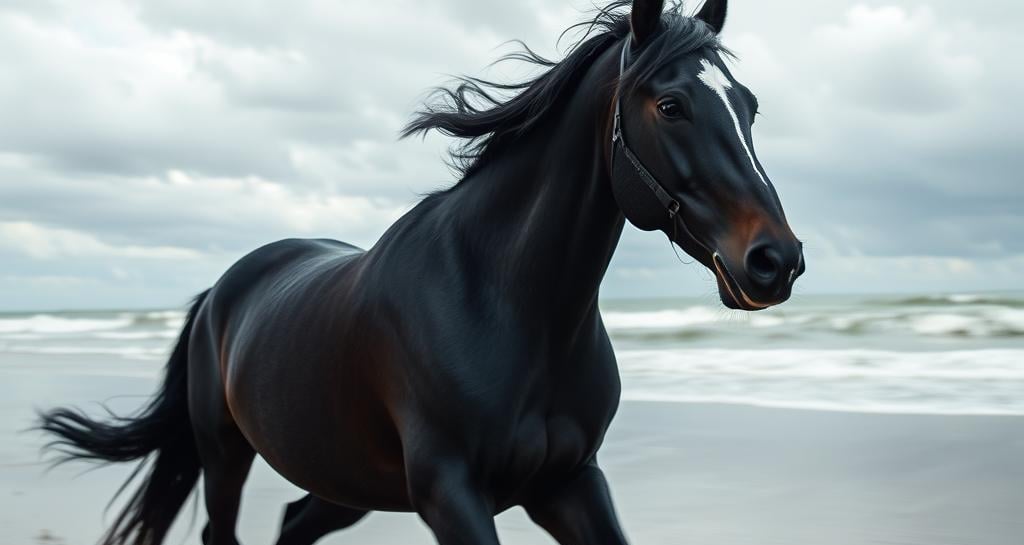



Cinematic Shot. Slow Motion. Cloudy Day.
mAI Studio
mAI Studio
Cinematic Capture
Technique: Extreme Wide Shot (EWS)
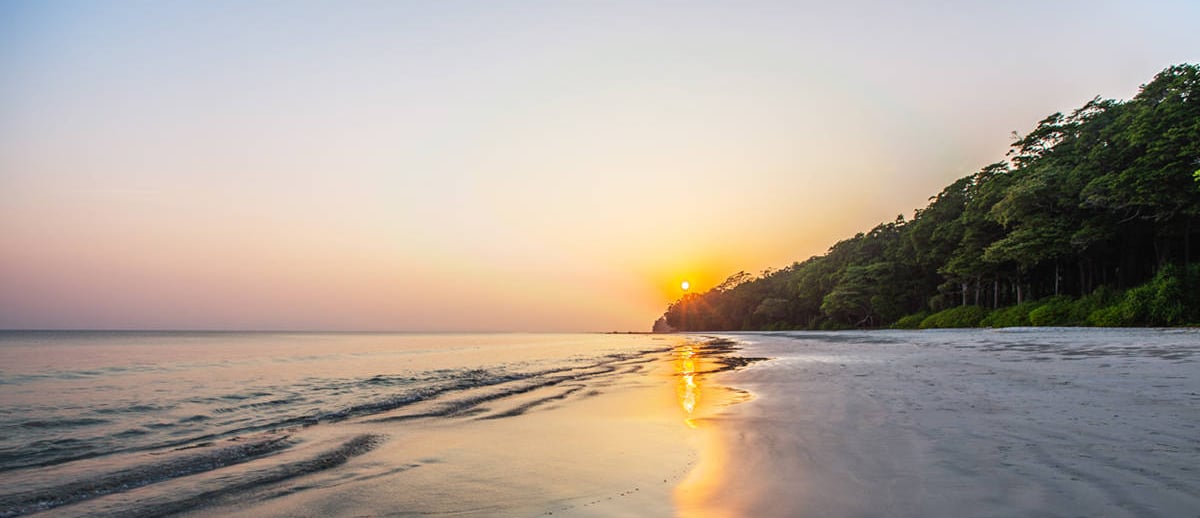

1️⃣ Pre-Production: Planning the Shot
Key Considerations:
When selecting a location, you must account for geographical, atmospheric, and visual aesthetics that contribute to the cinematic quality of the scene. Below are the critical elements to evaluate:
A. Long Shoreline for Uninterrupted Motion
The beach should have an extensive, open shoreline to allow long tracking shots without obstructions such as human activity, boats, or urban structures.
A wider beach with compact sand is preferable to ensure the horse’s hooves create sharp imprints without excessive sinking or resistance.
B. Minimal Human Activity for an Isolated, Poetic Mood
Avoid commercially popular beaches with tourists, vendors, and water sports.
Prefer lesser-known or off-season beaches where film crews can have greater control over the set environment.
Obtain necessary shooting permissions from local authorities, as some beaches may have wildlife protection regulations.
C. Dramatic Cloud Formations for Visual Impact
Select a location known for frequent cloud cover, monsoonal drifts, or pre-storm atmospheres to add depth to the shot.
Overcast conditions provide diffused, soft lighting, eliminating harsh shadows while enhancing contrast between the horse’s dark coat and the sky.
A partially cloudy sky is ideal as it allows for a dynamic mix of sunlight piercing through cloud layers, creating a painterly chiaroscuro effect.
📍Location Scouting – Selecting the Right Beach
Radhanagar Beach, Andaman & Nicobar Islands
Dhanushkodi Beach, Tamil Nadu (Ghost Town Beach – Eerie & Isolated)
Gokarna Beach, Karnataka (Hidden Gem with Natural Beauty)
Mandarmani Beach, West Bengal (Dramatic Mood with Strong Waves)
Betul Beach, Goa (Cinematic, Lesser-Known Beach with Reflections)
📍Best Locations in India for This Scene
©mAI Studio Generated
Weather Planning
Forecast Monitoring & Preparation
Use Professional Weather Forecasting Tools:
Time & Date Sun Calculator to predict golden hour alignment with overcast skies.
Monitor Cloud Coverage
Ideal for diffused light (80%+ overcast for full mood enhancement).
©mAI Studio Generated
Time of Day Selection
Early Morning (5:30 AM – 8:00 AM):
Soft, diffused light for a moody cinematic feel.
Potential mist or haze for atmospheric depth.
Minimal human activity for uninterrupted wide shots.
Long, dramatic shadows to enhance the horse’s motion.
Cooler color tones for a serene or melancholic look.
Late Afternoon (4:30 PM – 6:30 PM):
Warm golden hues contrast beautifully with the dark horse.
Pronounced shadows adding depth and drama.
Sun reflections on wet sand for a painterly aesthetic.
Potential for silhouette shots with strong backlighting.
Dynamic cloud formations enhancing the scene’s intensity.
©mAI Studio Generated
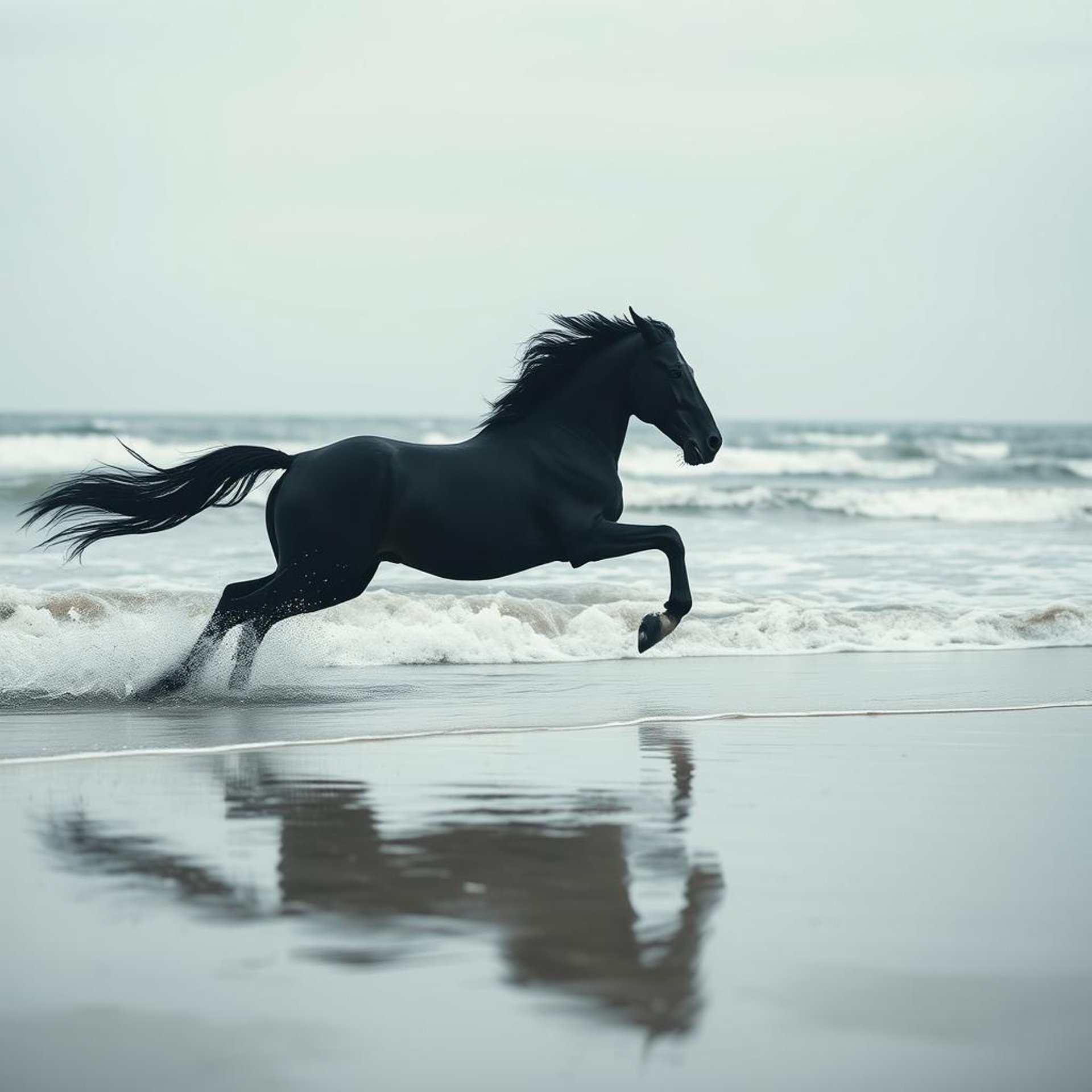
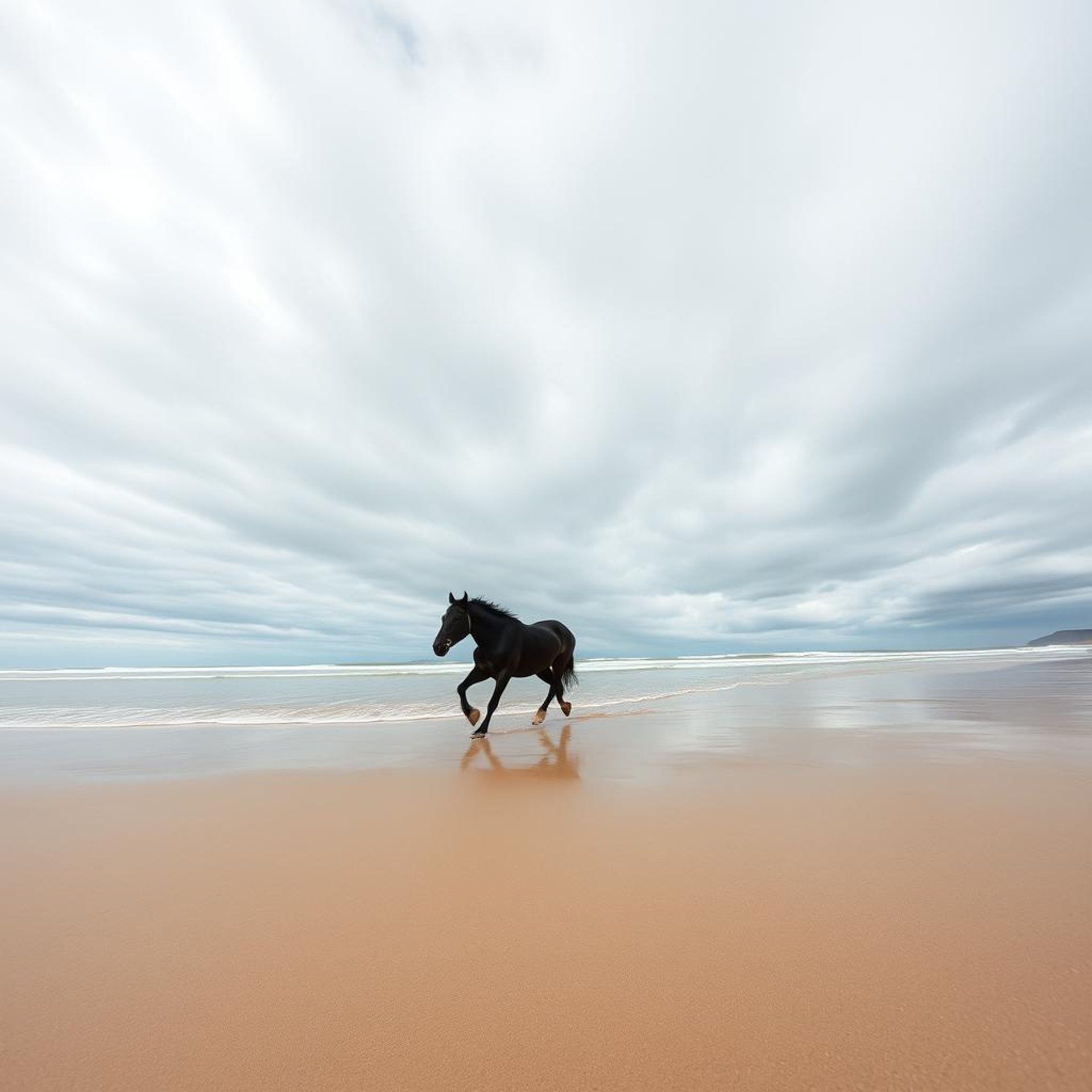

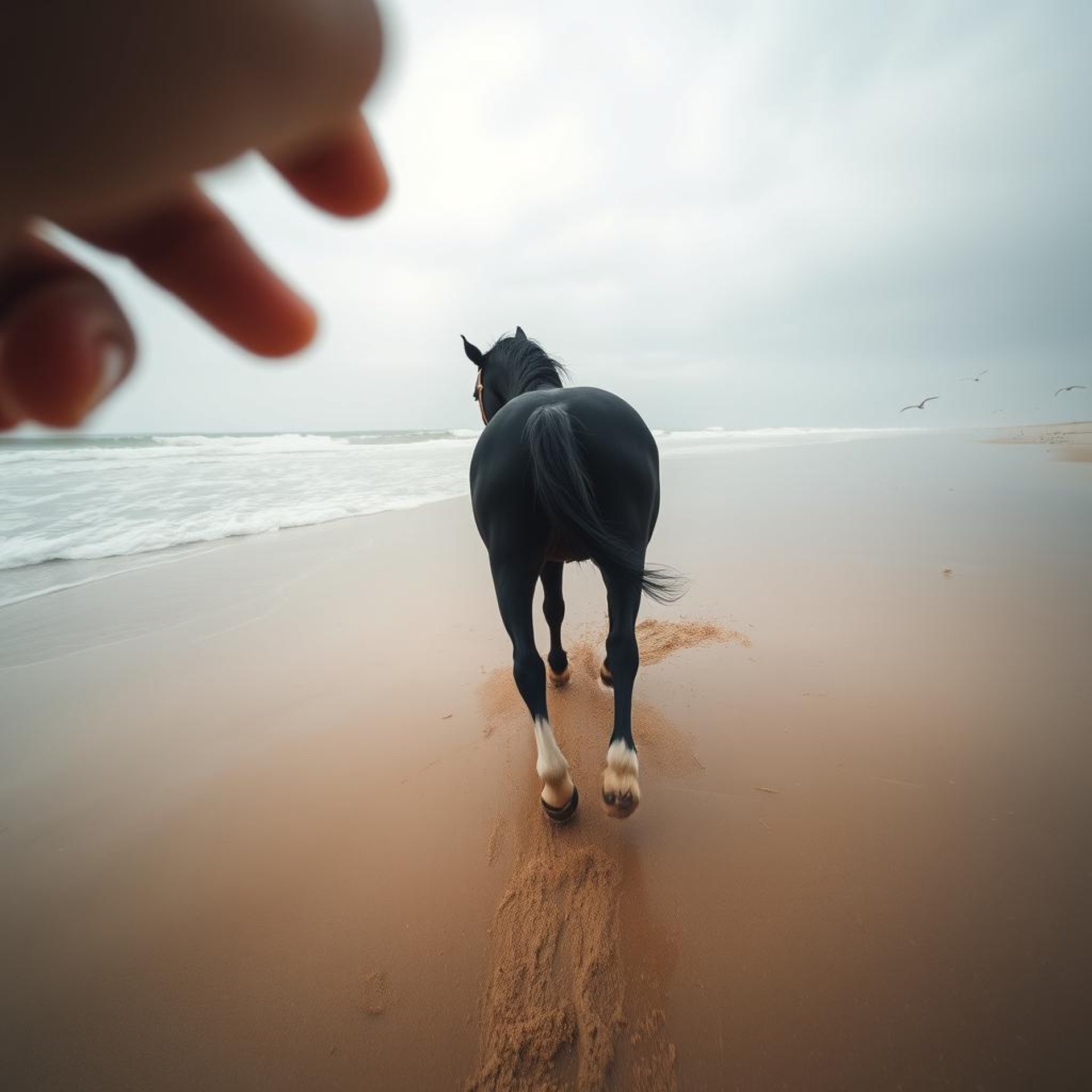
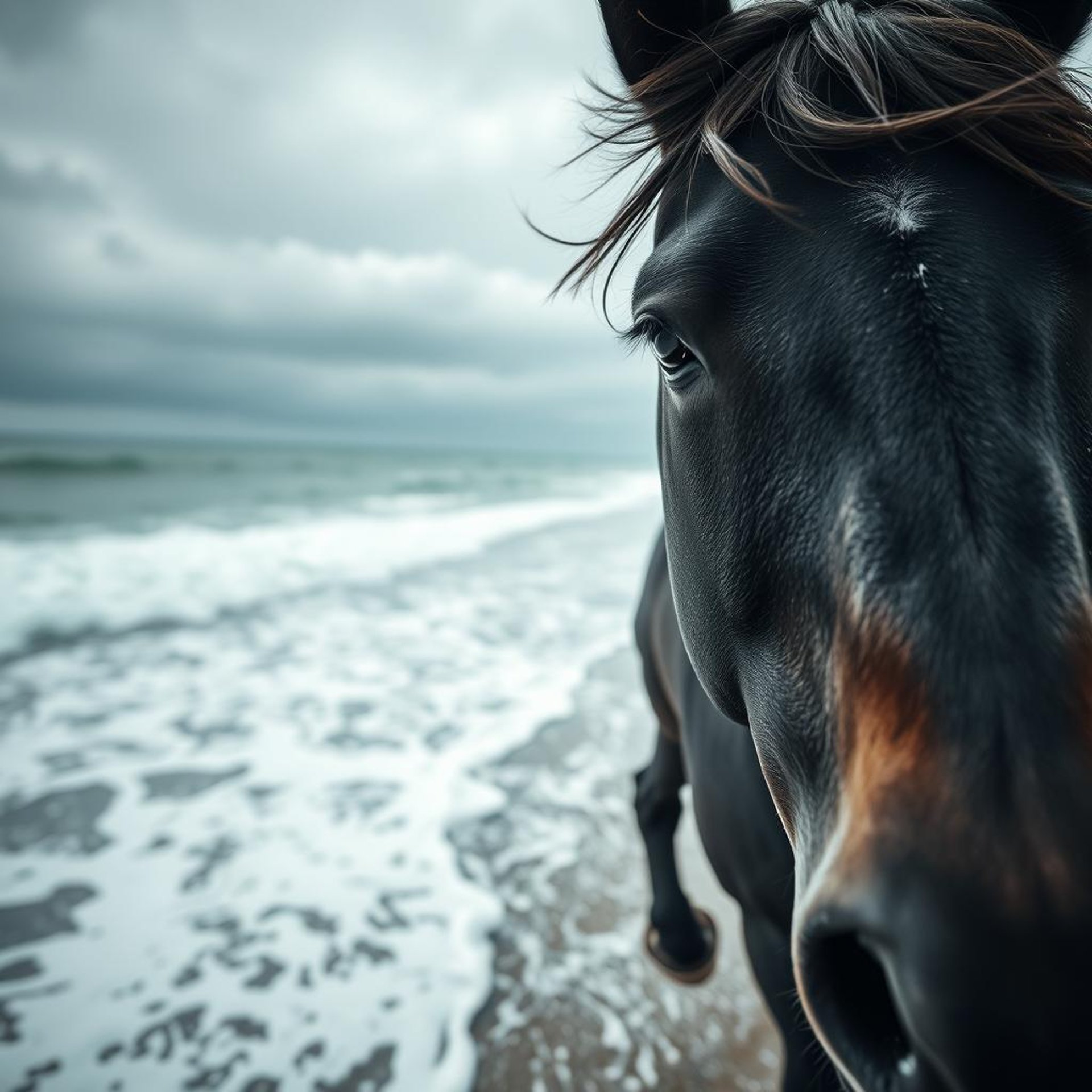
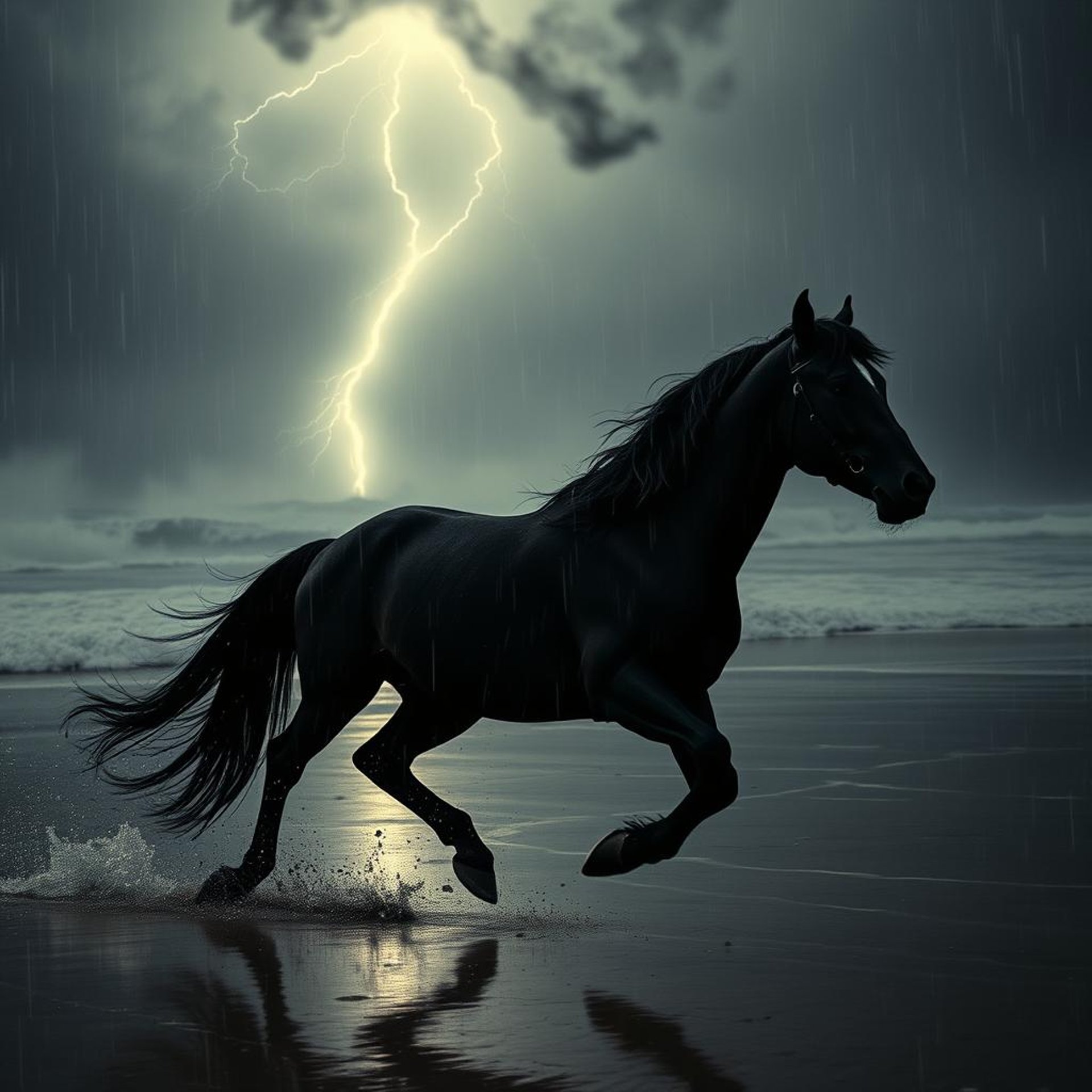
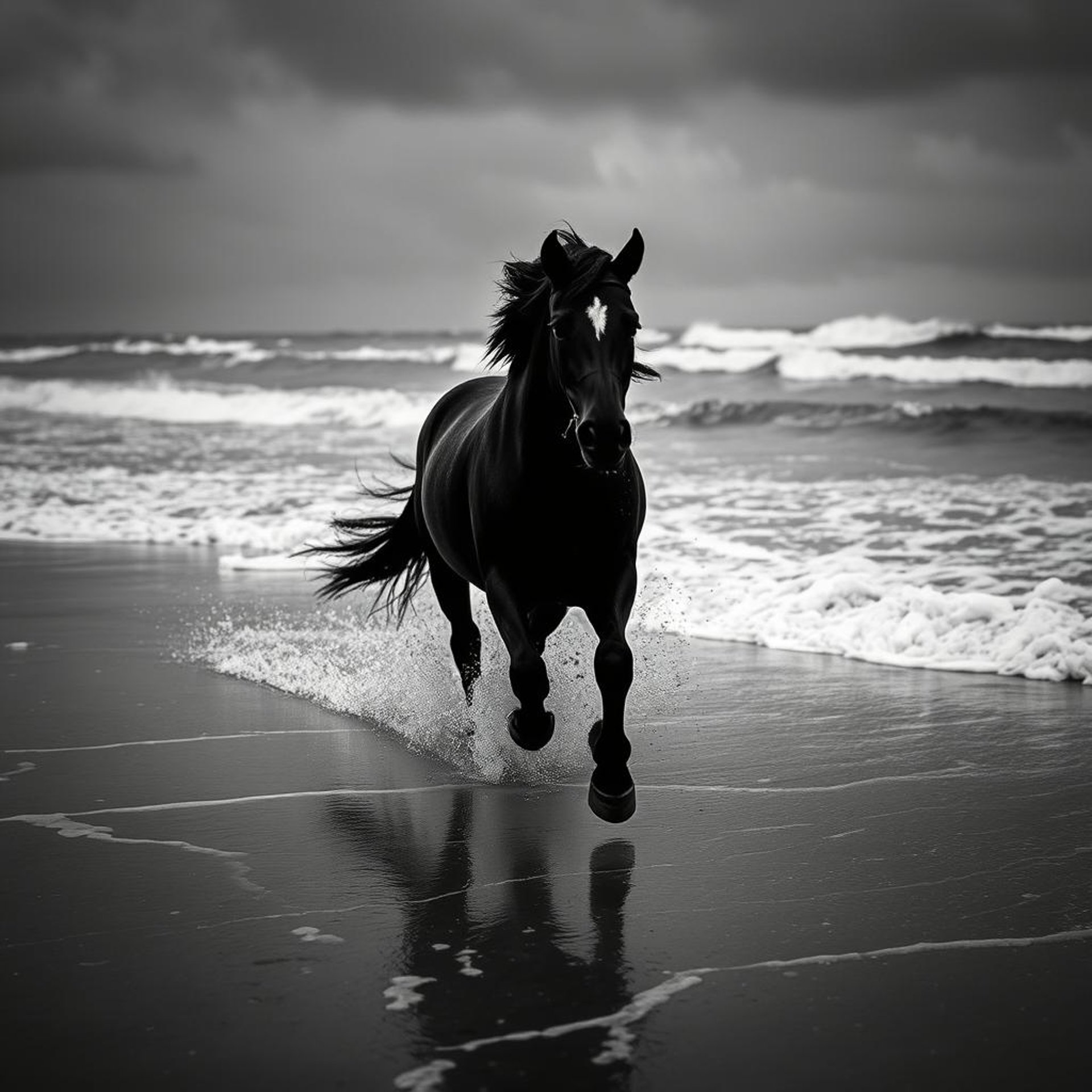
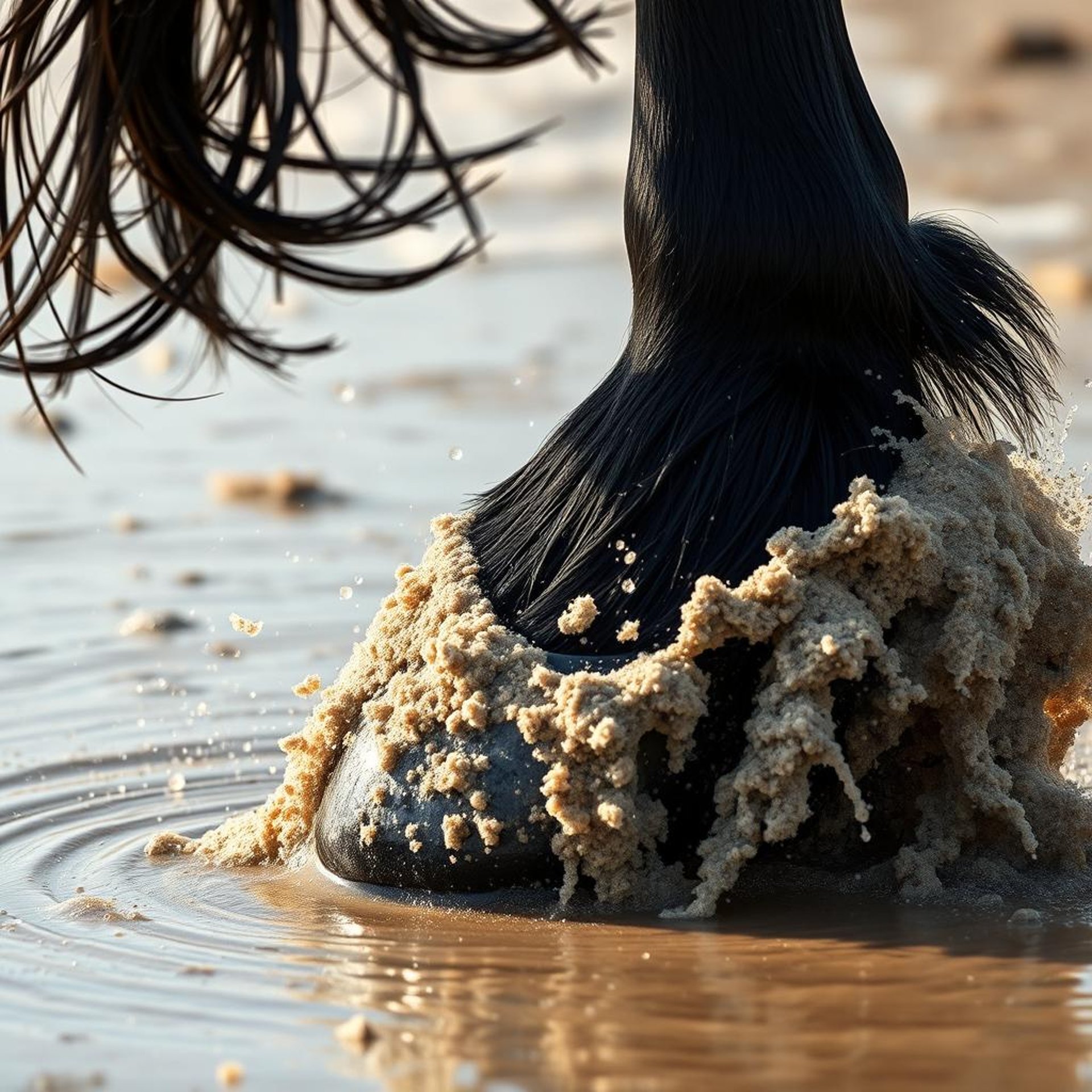
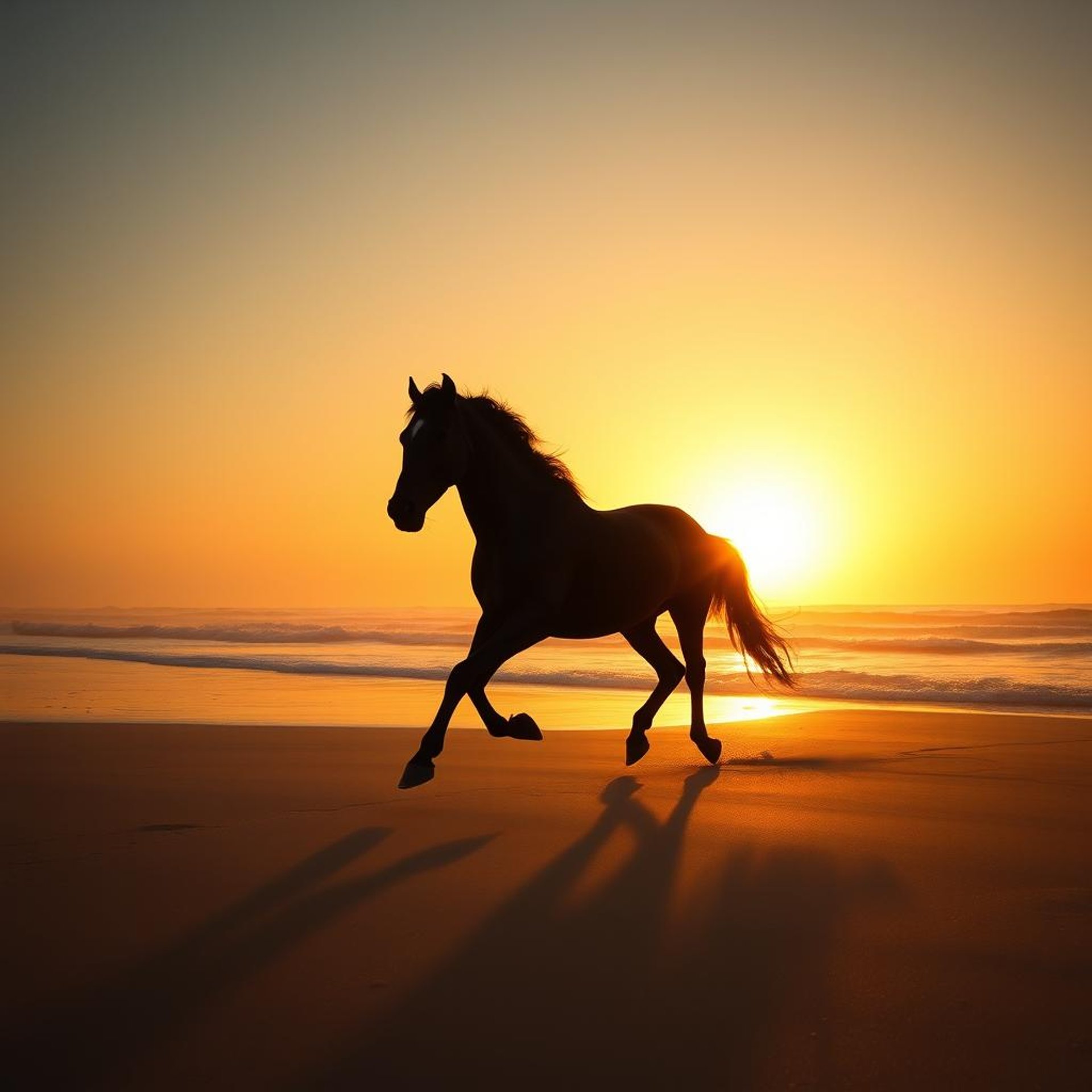

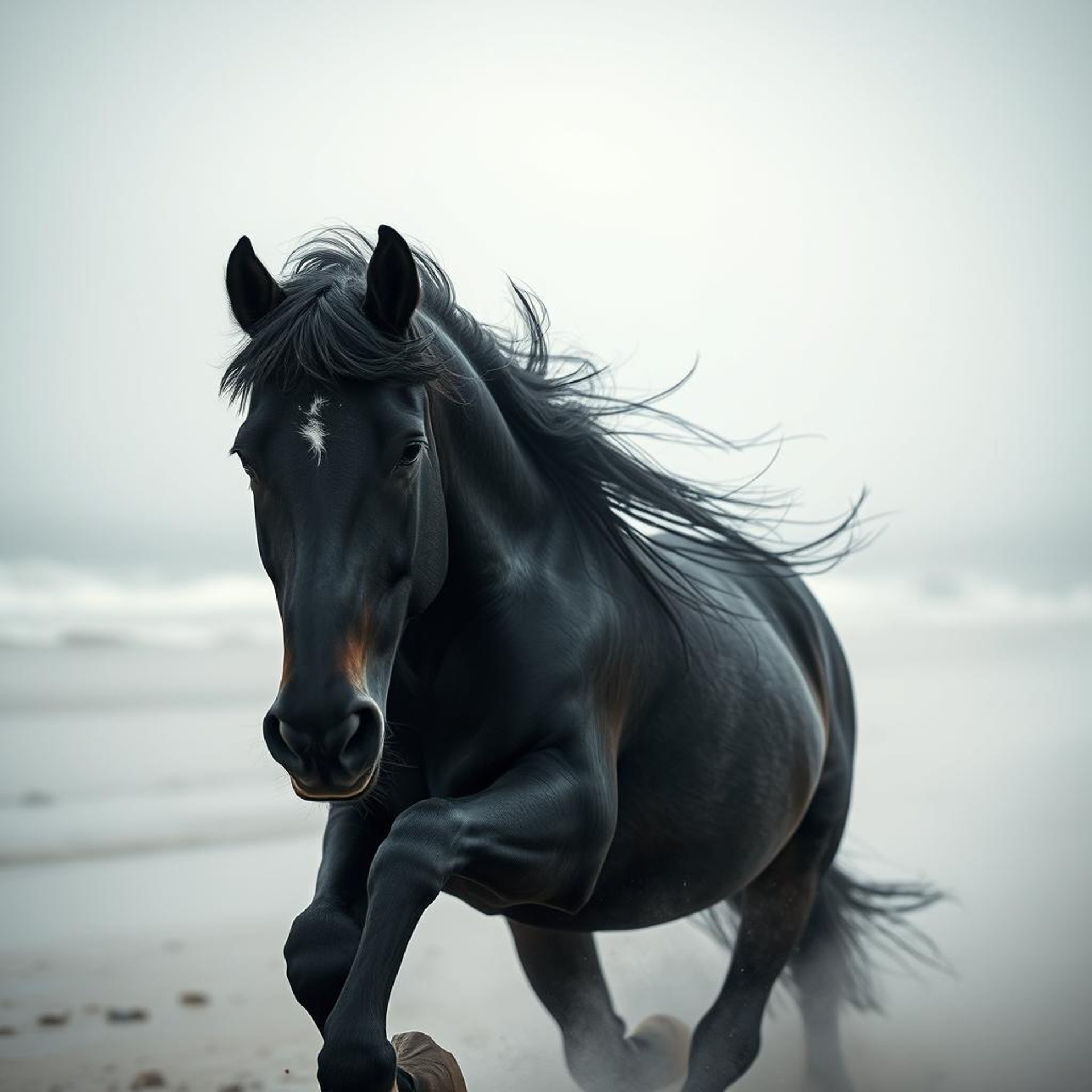
Camera & Lens Choice
Camera: Use a high-resolution cinema camera such as the RED Komodo 6K, ARRI Alexa Mini LF, or Sony FX6 for superior dynamic range and detail.
Lens: Opt for a wide-angle prime or anamorphic lens (16mm–24mm) to capture the vast expanse of the landscape while maintaining a sense of depth.
Frame Rate: Shoot at 120fps or higher for smooth slow-motion effects that emphasize the horse’s movement.
ISO & Exposure: Adjust ISO settings based on natural light conditions, ensuring minimal noise while maintaining clarity in shadow details.
Filter Usage: Utilize ND filters to control exposure in bright conditions and maintain a cinematic motion blur.
©mAI Studio Generated
Stabilization Setup
Tripod with Fluid Head: Use a heavy-duty tripod with a fluid head for stable, controlled pans and tilts.
Gimbal (DJI Ronin 4D, Movi Pro): Ideal for tracking shots, ensuring smooth motion while following the horse dynamically.
Drone (DJI Inspire 3, Freefly Alta X): Capture sweeping aerial shots to enhance scale and motion fluidity.
Car Rig with Stabilizer Arm: Mount a Shock-absorbing Arm with a Gyro Stabilizer on a vehicle to follow the horse with precision.
Steadicam with Vest: Allows handheld tracking while maintaining fluid motion stability.
©mAI Studio Generated
Frame Composition Planning
Rule of Thirds: Position the horse slightly off-center to create a balanced and visually engaging composition.
Leading Lines: Utilize the shoreline, ocean waves, or cloud formations to naturally guide the viewer’s eye toward the subject.
Foreground & Background Elements: Incorporate rocks, seafoam, or distant mountains to add depth and dimensionality to the frame.
Silhouetting & Negative Space: If shooting against the sun, use the contrast between the dark horse and bright sky to enhance visual impact.
Dynamic Framing: Experiment with wide panoramic shots and symmetrical framing to emphasize the vastness of the landscape.
©mAI Studio Generated
Camera Placement & Height
Low-Angle Shot: Placing the camera near the ground (below the horse’s knee level) can create a dramatic perspective, making the horse appear more imposing while enhancing reflections in the wet sand.
Mid-Level Wide Shot: Positioning the camera at waist height can balance both the expanse of the beach and the movement of the horse, keeping the horizon line steady without distortion.
Aerial Drone Angle: Using a drone to capture the horse from a slightly elevated or top-down perspective allows for dynamic motion tracking while showing the horse’s interaction with the landscape.
Tracking Side Angle: Mounting the camera on a vehicle or using a gimbal-mounted handheld rig at eye level with the horse allows for smooth lateral motion, capturing the power and grace of the gallop.
Extreme Wide Distant Shot: Placing the camera far from the subject while using a telephoto lens can compress the scene, emphasizing scale and motion within the environment.
©mAI Studio Generated
Horse & Rider Coordination
Work with an experienced animal handler to ensure smooth and safe movement.
Training & Familiarization: Ensure the horse is comfortable running on wet sand and responding to rider commands smoothly.
Multiple Takes for Natural Motion: Conduct several runs at different speeds to capture a variety of movements and gaits.
Communication Between Cinematographer & Rider: Use radio communication or pre-set hand signals to sync movements for optimal shot composition.
Safety Precautions: Have a professional handler on set to manage the horse's well-being and monitor its energy levels.
Positioning for Visual Impact: Experiment with different distances and angles to highlight the power, grace, and silhouette of the horse against the backdrop.
©mAI Studio Generated
©mAI Studio Generated
💡Lighting & Cinematic Techniques
©mAI Studio Generated
Overcast Diffusion: Since the scene is set on a cloudy day, soft, diffused lighting naturally minimizes harsh shadows, creating an even exposure across the frame.
Backlighting for Drama: Position the camera towards the direction of the brightest part of the sky to create silhouette effects and enhance contrast.
Golden Hour Consideration: If filming close to sunrise or sunset, leverage the subtle golden hues breaking through the clouds for a cinematic glow on the horse’s mane and the water.
Shadow Play: Use cloud movement to create dynamic lighting shifts for an organic, natural feel.
Natural Light Utilization
©mAI Studio Generated
Backlighting for Silhouettes: Position the horse between the camera and the brightest part of the sky to create a dramatic, high-contrast silhouette.
Side Lighting for Depth: If the sun is partially visible through clouds, shooting at an angle enhances contours and details of the horse's muscles.
Front Lighting for Clarity: Keeping the light source behind the camera ensures even illumination on the subject, preventing details from being lost.
Positioning the Camera Relative to Light
©mAI Studio Generated
ISO: Keep ISO as low as possible (100-400) to maintain image clarity and avoid noise.
Aperture (f-stop):
Wide aperture (f/2.8 - f/4) for a shallow depth of field, isolating the horse.
Narrower aperture (f/8 - f/11) for a deep focus, keeping the entire scene sharp.
Shutter Speed:
Fast shutter (1/500s - 1/1000s) for crisp details.
Lower if using motion blur creatively.
Adjusting Camera Settings for Natural Light
©mAI Studio Generated
Water Reflection: The wet sand and ocean reflect ambient light, creating a natural fill light that subtly illuminates the lower half of the horse.
Polarizing Filter: If needed, a polarizer can reduce glare from the water and wet sand while enhancing contrast.
ND Filters: If the clouds break and light becomes too intense, an ND filter helps maintain a cinematic shutter speed (e.g., 180-degree rule).
Managing Reflective Light from the Beach
©mAI Studio Generated
Cloud Movement: Timelapse or slow shutter captures cloud motion, adding atmosphere.
Mist & Spray: Waves crashing or wind kicking up sea mist can add depth and drama.
Golden Hour Effect: If shooting near sunrise or sunset, the diffused light creates a subtle golden glow despite overcast conditions.
Enhancing Mood with Natural Elements
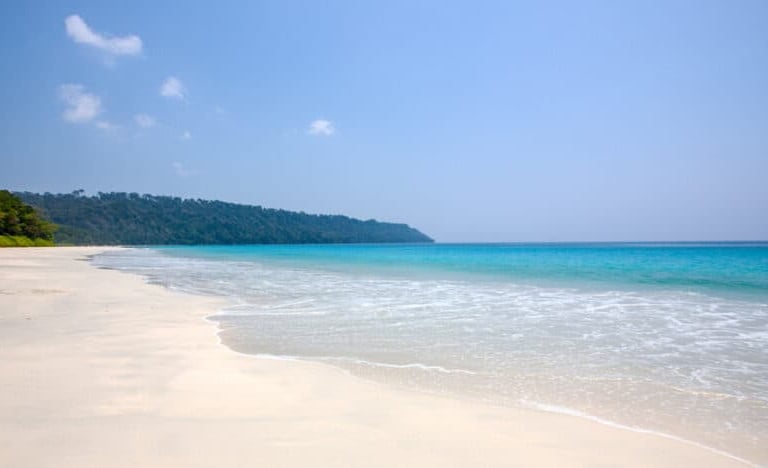

Radhanagar Beach, Andaman & Nicobar Islands
Why?
Vast, untouched shoreline with minimal commercial activity.
Frequent cloud formations due to its tropical climate.
Crystal-clear water enhances reflections in slow-motion sequences.
Challenges:
Remote location; logistical challenges for transporting equipment and horses.
Need for environmental clearances as it is part of a protected ecosystem.
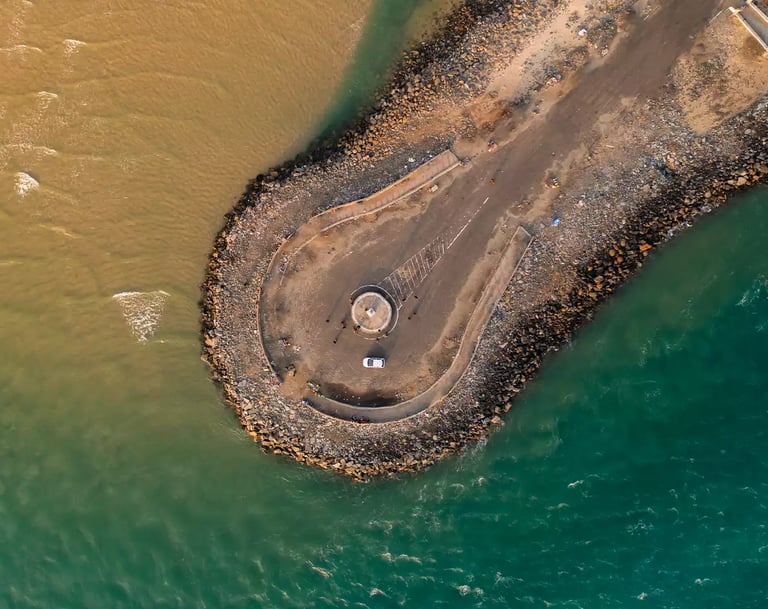

Why?
Abandoned, post-apocalyptic setting with a mix of sand and broken ruins, adding a surreal aesthetic.
Expansive, desolate coastline with natural wind effects that enhance motion in the horse’s mane and sand drift.
Overcast skies are common, particularly during the pre-monsoon season.
Challenges:
Strong sea winds may require stabilization techniques for aerial drone shots.
Harsh terrain; transport and accommodation options are limited.
Dhanushkodi Beach, Tamil Nadu
©mAI Studio Generated
More Techniques




Slow Motion (High FPS Capture)
Extreme Close-Up & Slow Reveal (Artistic Cinematic)


Low-Angle Tracking Shot (Ground-Level Cinematic)
Aerial Tracking Shot (Drone Cinematic)
Handheld Intimate Shot (Documentary-Style Cinematic)
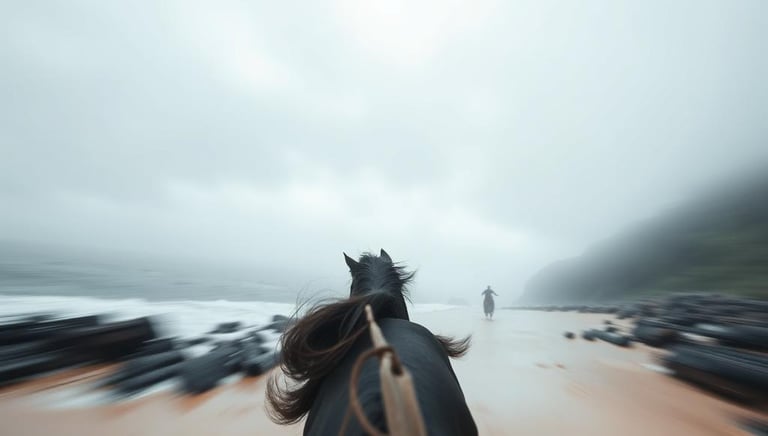

POV Chase Cam (Dynamic & Immersive Action Shot)


Silhouette Shot at Sunset (Dramatic & Poetic Visuals)


Hyper Slow-Mo Close-Up (Ultra-Detailed Abstract Cinematic)




Noir Black & White High-Contrast (Classic & Timeless Aesthetic)
Gritty & Dramatic Black and White
Gallery












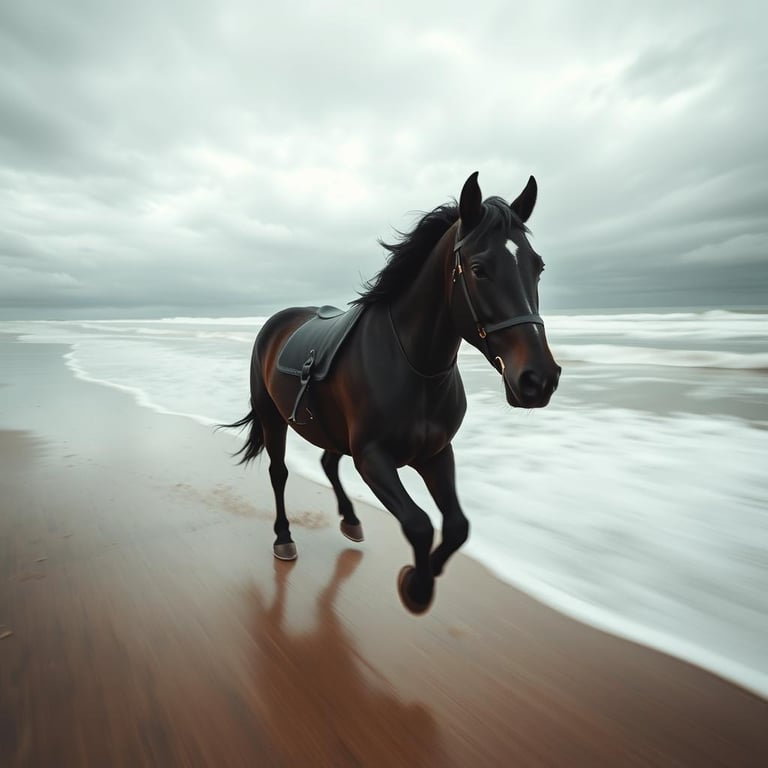













mAI Studio
Torus Ambitio AI Tech Labs Pvt Ltd
Chandigarh, India
+91 828-884-0535
+91 828-884-0935
© 2025. All rights reserved.
Contact Us:
